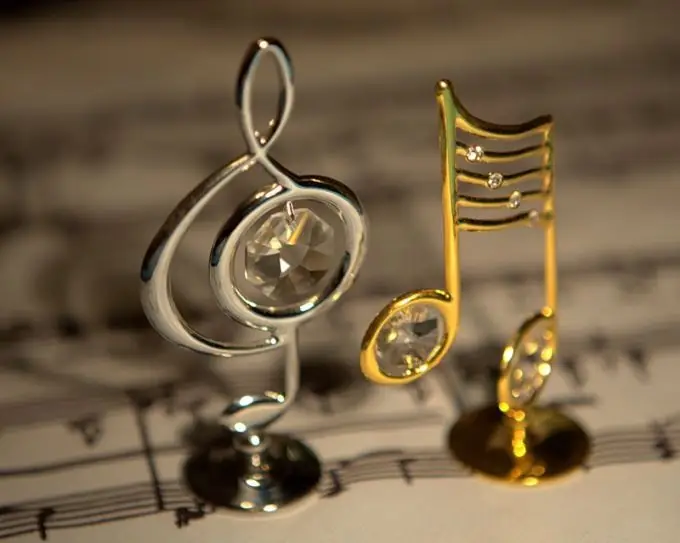The modern entertainment industry has also experienced the effects of technological progress. Not a single musical group, singer or singer can do without processing music or vocals. Some are larger, some are smaller, but the use of special computer programs to arrange songs has become ubiquitous. And even at home, amateurs arrange small "virtual studios".

Instructions
Step 1
In order to process played music or a song sung in a home studio, you need to have not only a microphone and synthesizer, but also amplifiers, mixers, a MIDI keyboard and many other components of an audio system. So, you play the music you have composed or perform a song that is immediately written to your computer using special devices, and only after that you start actually arranging or processing the music.
Step 2
Try to record music files in the highest possible resolution and carry out all changes without changing it, and reduce to 16-bit only before the final recording to disk. The same applies to fades, which are also done at the very end of the work with the recording. The fact is that when processing a recording, you must hear every sound perfectly in order to understand where and what needs to be changed in order for your music to sound better, and the slightest decrease in quality will immediately make the perception of the recording more difficult.
Step 3
In addition to musical sounds, in the background of the recording of everything, there may be some extraneous noises that are rather difficult to consciously detect, but which nevertheless affect the general perception of the musical composition and reduce its quality. Such noise can be removed as follows: get a completely noise-free sample of the sound, load it into the program to remove the noise, and then run the entire recording through the program. Using sophisticated calculations, the program, after analyzing a clean sample, removes noise from your recording.
Step 4
Try to add any processing not to the mix as a whole, but to separate sound channels. Pay close attention to the appearance of distortion: they may not be heard when listening, however, they appear sharply after, for example, equalization. At the same time, normalization will not save you, but, rather, will only worsen the sound.
Step 5
After the music processing is complete, check the recording quality - switch to mono mode and listen to the entire composition to make sure that the sound quality is not degraded or poorer than the original.
Step 6
Remember the main thing - always create backups of your music before any processing. First, in case of accidental deletion. Secondly, if you want to make a different arrangement or if the song is required in a “pure” form, so to speak.






